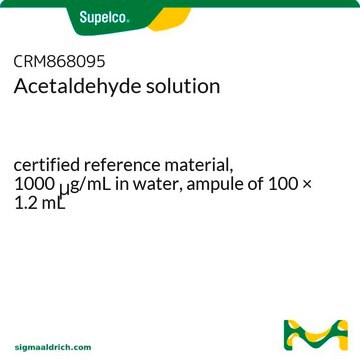Working with highly volatile standards in order to maintain their integrity can be challenging. Initially, it is crucial to ensure that all necessary equipment is prepared and ready for use before starting to prepare stock or working solutions from purchased material.
1. Rinse and thoroughly dry the volumetric flasks and closures to be used for each standard with the solvent to be used for dilution. Once completely dry, cap the flasks to prevent contamination from other chemical molecules in the air.
2. If the original standard is stored in the freezer or refrigerator, keep them there until ready to use, such as while gathering all items to be used ready for use.
3. About 5-10 minutes before preparing the standards, place the rinsed and capped flasks in the refrigerator. Bring out one flask at a time when ready to prepare a dilution.
4. Keep the stock product/purchased standard on ice in a beaker while out on the countertop for use.
5. Remove the cap on the volumetric flask and add the diluent/solvent (1/2 way), then cap.
6. Always invert the stock/purchased standard several times to ensure it is a homogenous mixture, place it back on ice, open and take out the required quantity quickly and accurately, place it in the receiving vessel with the solvent, cap it, and then cap the original/purchase standard. Place it back in storage as soon as possible.
7. QS to volume with the solvent and invert the solution several times.
8. Repeat this process for each standard, and then make serial dilutions as needed, ensuring that each vessel (volumetric flask) is tightly capped to prevent the loss of volatile compounds.
Note: If using vials for storage, ensure that the cap is tight and that the cap liner is compatible with the dilution solvent.










